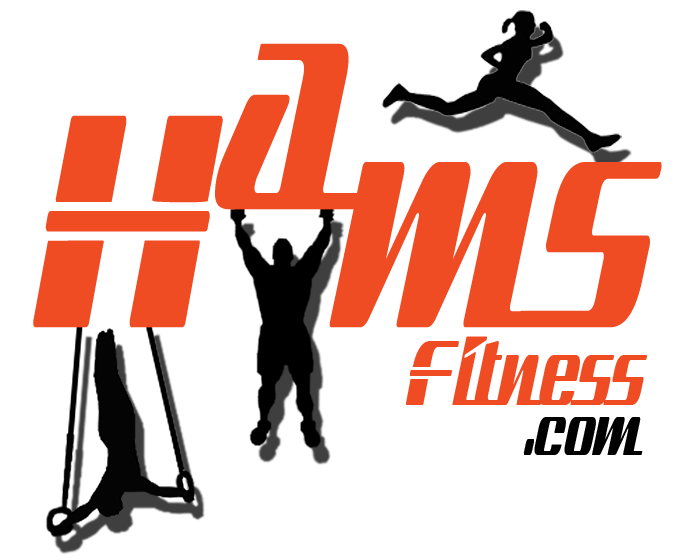Building muscle (hypertrophy) is subject that is often smirked upon as a venture for the narcissist and body building world but rarely thought of as a tool to protect against impact and injury or even improve performance.
Contact sports need armour (Thanks to Dan John for term “Armour” in this context) for many reasons any good coach should understand.
What is worth thinking about here isn’t if it is a worth while pursuit for an athlete but simply; how to achieve it?
Duh, many cry…lift weights. Indeed.
That is a akin to saying that to be rich you must simply make more money. Sure, it’s that simple.
“Break a muscle down to build it up”
“Lift heavier weights”
“It’s all about volume”
“Lift big eat big”
“More time under tension”
“Continuous tension”
“Negatives dude, it’s all about negatives”
“Occlusion training is magical”
“Inroad your strength”
These are just some of the things you may have heard when trying to find out about getting bigger muscles.
They can’t all be true, can they…no.
If getting bigger were as simple as “lift weights” then there would be many more behemoths striding around.
The late and great behemoth - Sergio Oliva
This post is more of a thought process than a review or a program. Consider the following;
The standard thinking of breaking the proteins down to rebuild them is refuted by science, not to mention the Bible of strength training, “Supertraining”, brings up the point that damage to muscle tissue may not be the path to strength/hypertrophy.
The total amount of work at a given weight as per the volume argument has been repeatedly discredited for over 100 years.
The lift more weight argument has been favoured for a long time and is recently under fire from occlusion studies and higher repetition work performed to failure.
The time under tension theory is akin the the volume debate.
Negatives (eccentric) training has been shown to give great strength gains but real world examples fail to show a repeated hypertrophying effect in most that try it (granted that could be due to misapplication) and usually ends with a very sore trainee and in sports that is not really a feasible option for in season athletes.
Just lift more weight, right?
Inroad (depth of strength loss) is a nice and logical approach but has been shown up in studies where fatigue was purposely avoided yet still yielded strength gains in line with the fatiguing protocols.
Eating big to get big is generally accepted as a given…but what about the studies showing muscle growth in negative calorie balance? A study for all your desires.
I read, a lot. As a Personal Trainer it’s my job to.
I have accessed many studies on strength and hypertrophy and red many opinions from successful and smart coaches and scientists. Not many agree on the path to strength or size.
What is agreed upon is vague and simply returns us back to “get stronger” or “lift heavier weights” advice, awesome…so how do we get there Mr. Obvious?
So far…..
No one knows the answer to continually add strength and muscle. No matter what they say, you will find holes in their argument.
As and when the answer to the question “how do we continually stimulate muscle tissue to grow” is answered you can bet it wont be from a 12 week study on strength training…it will be from a field dedicated to finding a drug to heal a disease. Think Muscular Dystrophy.
The rules we do have to follow are end points and not directions;
Get stronger in a rep range that works for you with a sensible volume of work and eat well enough to support your training without becoming a fatty.
But remember that stronger wont always mean visible weight on the bar…a faster lift is a stronger lift for example.
In a later article I will outline the methods we use here when a trainee wants to add muscle and strength
